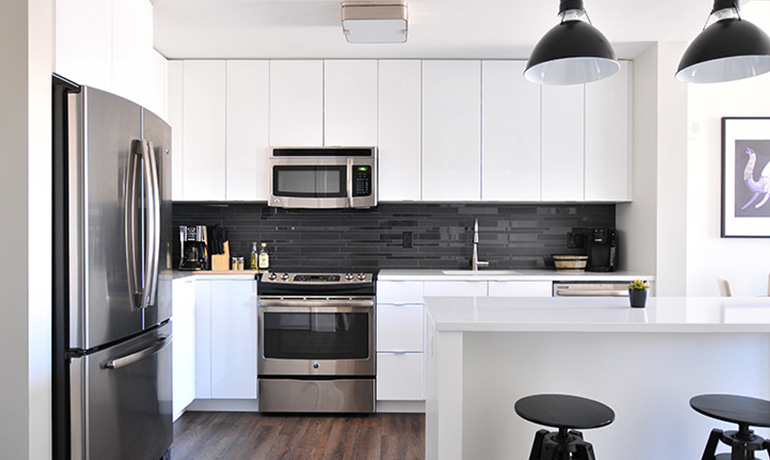Step-by-Step Guide: Connecting Your Network
Preparing Your Devices for Network Connection
Prior to connecting your Apple devices to the network, it is crucial to ensure they are properly prepared. Follow these steps to ready your devices for a smooth network connection:
-
Update your devices: Ensure your Apple devices are running on the latest software updates before connecting to the network. To do this, go to “Settings,” select “General,” and tap on “Software Update.” Updating your devices will provide the latest security patches and bug fixes, enhancing the overall network experience.
-
Check your Wi-Fi settings: Open the ”Settings” app on your Apple device and select “Wi-Fi.” Confirm that the Wi-Fi toggle is turned on and that your device is connected to the correct network. If connecting to a new network, tap on the network name and enter the password if prompted. For optimal results, position yourself near the Wi-Fi router to ensure a strong and stable connection.
-
Reset network settings if needed: If you encounter persistent network issues, resetting your network settings can often resolve the problem. To do this, go to the “Settings” app, select “General,” and tap on “Reset.” Choose “Reset Network Settings” and confirm your selection. Keep in mind that this action will delete all saved Wi-Fi networks and passwords, so ensure you have them available before proceeding.
Connecting Your Apple Devices to the Network
Now that your devices are prepared, it’s time to connect them to the network. Follow these steps to establish a successful network connection:
-
Select the network: Open the “Settings” app on your Apple device and tap on “Wi-Fi.” From the list of available networks, choose the one you wish to connect to. If the network requires a password, enter it when prompted. For enhanced security, consider using a strong and unique password.
-
Configure advanced network settings: Advanced users may need to configure additional network settings. To do this, go to the “Settings” app, select “Wi-Fi,” and tap on the (i) icon next to the connected network. Here, you can manually set the IP address, DNS, and other network parameters. However, it is advisable to leave these settings on automatic unless you have specific requirements.
-
Test the network connection: After connecting to the network, it is crucial to test the connection to ensure everything is functioning correctly. Open a web browser or any app that requires an internet connection and attempt to access a website. If the page loads successfully, congratulations! Your Apple device is now connected to the network. If not, try restarting your device or contacting your network administrator for further assistance.
By following these step-by-step instructions, you can easily prepare and connect your Apple devices to a network. Remember to keep your devices updated, check Wi-Fi settings, and troubleshoot any issues that may arise. Enjoy a seamless network experience with your Apple products!
Network connection is an important step for people who want to access resources shared across multiple computers from different locations. In the past, connecting a home network was a complex and often unreachable process. However, with newer technology and more user-friendly setup methods, it is now very easy to do. Even those with only basic technical knowledge are able to connect networks. Here is a step by step guide to help you get your network up and running quickly and easily.
1. Gather necessary equipment: The first step is to collect all the necessary equipment for your particular network. This includes items such as the modem, router, ethernet cables, wireless network adapters, and other hardware if needed. Depending on your network type, you may need a variety of equipment. Be sure to find out which items your particular network requires.
2. Connect the hardware: Once your hardware is in place, you can start connecting the pieces together. Connect the modem to its associated cable line and the router to the modem. Any additional hardware such as wireless network adapters or cables should also be connected to the router. At this point, you should have all of the necessary hardware connected together.
3. Install the software: After the hardware is set up, you will need to install the necessary software components for your network. Depending on your hardware and system requirements, this may include a network operating system, such as Windows or Linux and a network management application, such as a router configuration program.
4. Set up security: Before you can begin accessing your network, it is important to set up security. Establish a password to access the network, in order to prevent unauthorized access. Also set up a firewall to block any unwanted intruders from accessing the network. This will help ensure the privacy of your network.
5. Access the network: Once all of the steps above are completed, you are now ready to access your network. Depending on how you set up the network, you should be able to do everything from simply sharing files and printers to setting up multiple users. Enjoy the power of being connected!
By following these simple steps, even those with only basic technical knowledge can set up a home network without any problems. With the increased demand for network connectivity, following this step by step guide will ensure that you are able to get your network up and running quickly and enjoy the benefits of being connected.


